
Department of
National Trade Measurement and Standards
E-Learning Portal
Module 1: Introduction to International Standards
E-Learning Platform
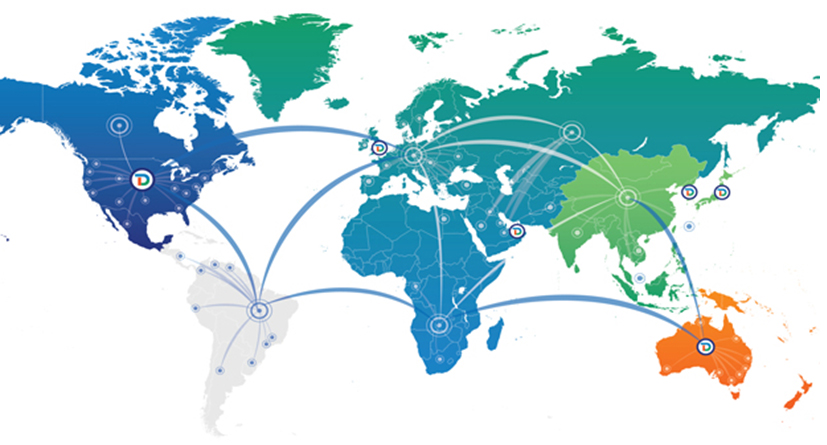
Objective
Define international standards
Explain how international standards are made
Classify different types of international standards
Explain the benefits of International Standards
International Standards
A document, established by consensus and approved by a recognized body, that provides, for common and repeated use, rules, guidelines or characteristics for activities or their results, aimed at the achievement of the optimum degree in a given context. Standards help to make life simpler and to increase the reliability and the effectiveness of the many good and services that we use.
Sources of Standards
1: International Standards Bodies
International Standards are created by the International Organisations such as International Organisation for Standardisation (ISO) and International Electrotechnical Commission (IEC).






The stakeholders request the development of a new international standard via their National Standards Bodies (NSBs); international standards are then drafted via a multi-stakeholder consensus-based process.
2: Regional Standards
Regional Standards are created by Regional Standards Bodies such as South Asian Regional Standards Organization (SARSO), Pacific Island Standards Committee and African Organisation for Standardisation (ARSO).
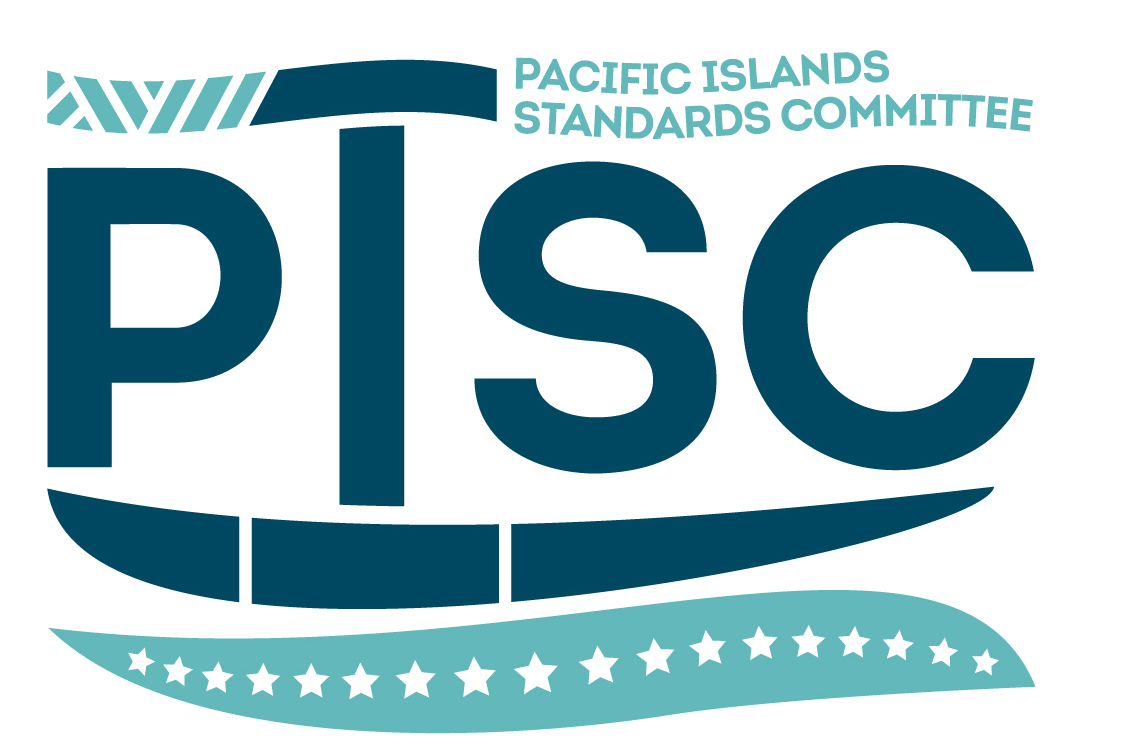

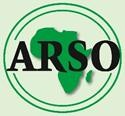



3: National Standards bodies
National Standards bodies create national standards such as Department of National Trade Measurement and Standards, Standards Australia, Standards New Zealand.
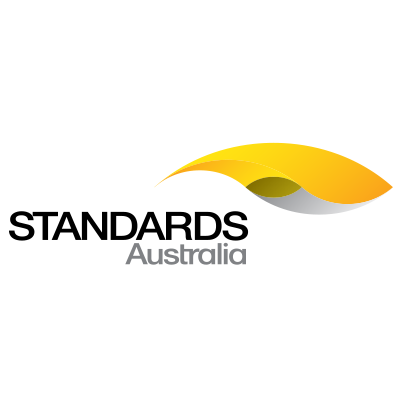
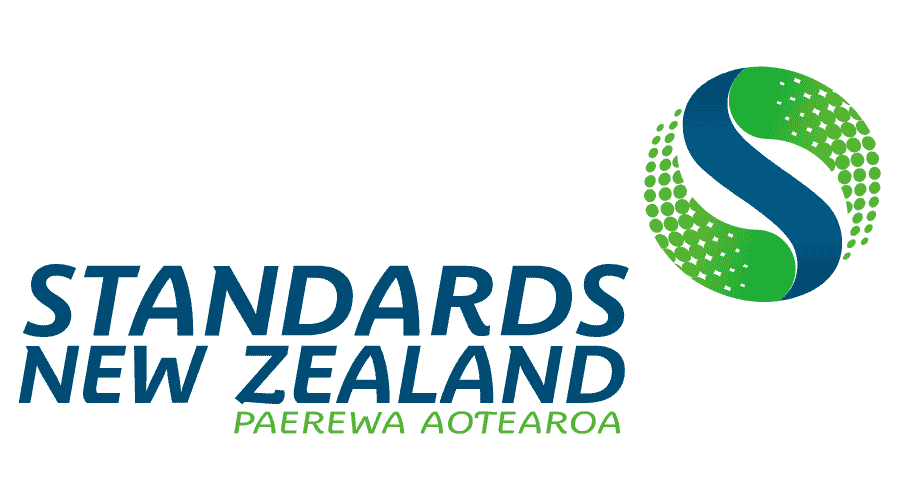




4: Industry Standards
Industry Standards are created by the industries or associations such as Engineers Fiji.




